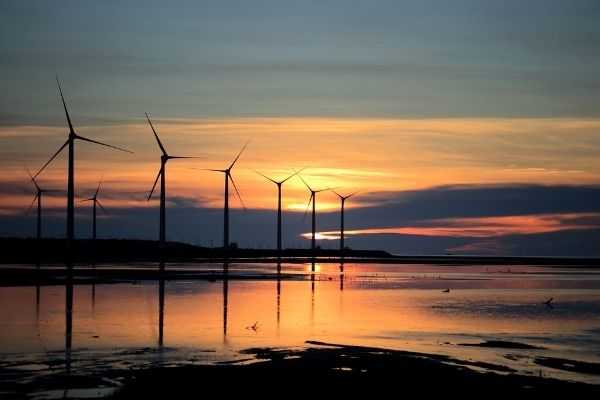
World Energy Consumption Day: What India is doing towards energy efficiency?
World Energy Consumption Day is celebrated across the world every 14th December to highlight the importance of energy consumption and its use in our day-to-day life, its impact on the sustainability of the global ecosystem. In this article, we will understand the importance of saving energy and what India has achieved in terms of energy consumption.
India has been the third highest in the world in total primary energy consumption after China and the United States. In 2017, India was the second-largest consumer of Coal, which is a huge contributor to greenhouse gas emissions. We rank third across the world in oil consumption with around 221 million tons usage in 2017 after the US and China, as per the 2016 data of the Ministry of Statistics and Program Implementation.
In 2017, India was the fourth-largest coal producer around the world by producing 294.2 Mtoe (7.8 percent global share). Almost 70 to 80 percent of the total energy generated in India is from coal.
Read more: Rewind 2020: Twitter trends that became prime time debates in 2020
Why energy efficiency is important?
World Energy Outlook forecasted in 2014 that the demand for energy will increase by 37 percent by 2040. Most of it would come from Asian countries, where energy consumption is driven by strong demographic and economic growth. International Energy Agency in its World Energy Outlook report 2014 said that because worldwide energy is mostly based on oil, there is the fear of falling short in energy production.
The majority of the world’s energy sources are concentrated in a few geographical locations, especially in the middle east and Russia. Hence economic and political events (not to forget pandemics like coronavirus) in these regions play a dominant role in the global energy system. These places are politically-volatile areas, which ignites concerns over energy security. Also, the future of nuclear energy, which was expected to rise, is unclear due to the high capital costs and safety requirements. How could we forget the disasters of (Chernobyl, Three Mile Island, and Fukushima)?
Although there have been efforts towards energy efficiency and cost development of new energy techniques like Photovoltaics, there is a long way to go to change the global trend of carbon emissions and ensure affordable, reliable, and sustainable energy in every country.
The International Energy Agency looks at energy efficiency as a critical tool to relieve pressure on the energy supply. Energy efficiency will depend on the future policies and planning of several governments. Public and private investment would be required to make efficient energy infrastructure. All activities of economic agents, be it government, businesses or individuals, require energy. So, business models and market mechanisms would play an important role in energy efficiency.
The approach of the Indian Government towards energy efficiency
India is one of those few countries that has taken the Paris Agreement very seriously and is working towards becoming a carbon-neutral country. Although it would take a lot of time, everything needs a start. India has established a comprehensive policy for energy efficiency named National Mission for Enhanced Energy Efficiency (NMEEE). We have also executed demand-side management programs for municipal corporations and consumers to achieve overall energy savings. India launched Unnat Jeevan By Affordable LEDs and Appliances for ALL (UJALA) scheme. UJALA scheme is the world’s largest zero-subsidy LED bulb programmer for the nation’s consumers. It is a way forward towards achieving sustainable development by reducing carbon emissions.
More than 230 million LED bulbs have been distributed till June 2017 across the country. It has transformed the way we look at bulbs, energy efficiency, and environmental conservation. Along with LED bulbs, 8 lakh energy efficient fans were also distributed. Together, they have saved 3.2 crore kWh of electricity annually. The production of this much electricity would have consumed around 1.9 crore tonnes of carbon emission. It would require around 60 crore trees over a period of 10 years to consume this much carbon dioxide. Consumers have saved Rs 1240 crore annually due to LED bulbs and fans.
People, we need to take initiatives
While policy intervention around clean and renewable energy is important, public participation is of the utmost importance to save energy by adopting an energy-efficient lifestyle. Riding a bicycle when possible, switching off electric appliances, when not important along with other measures are key to saving energy.
Have a news story, an interesting write-up or simply a suggestion? Write to us at info@oneworldnews.com








